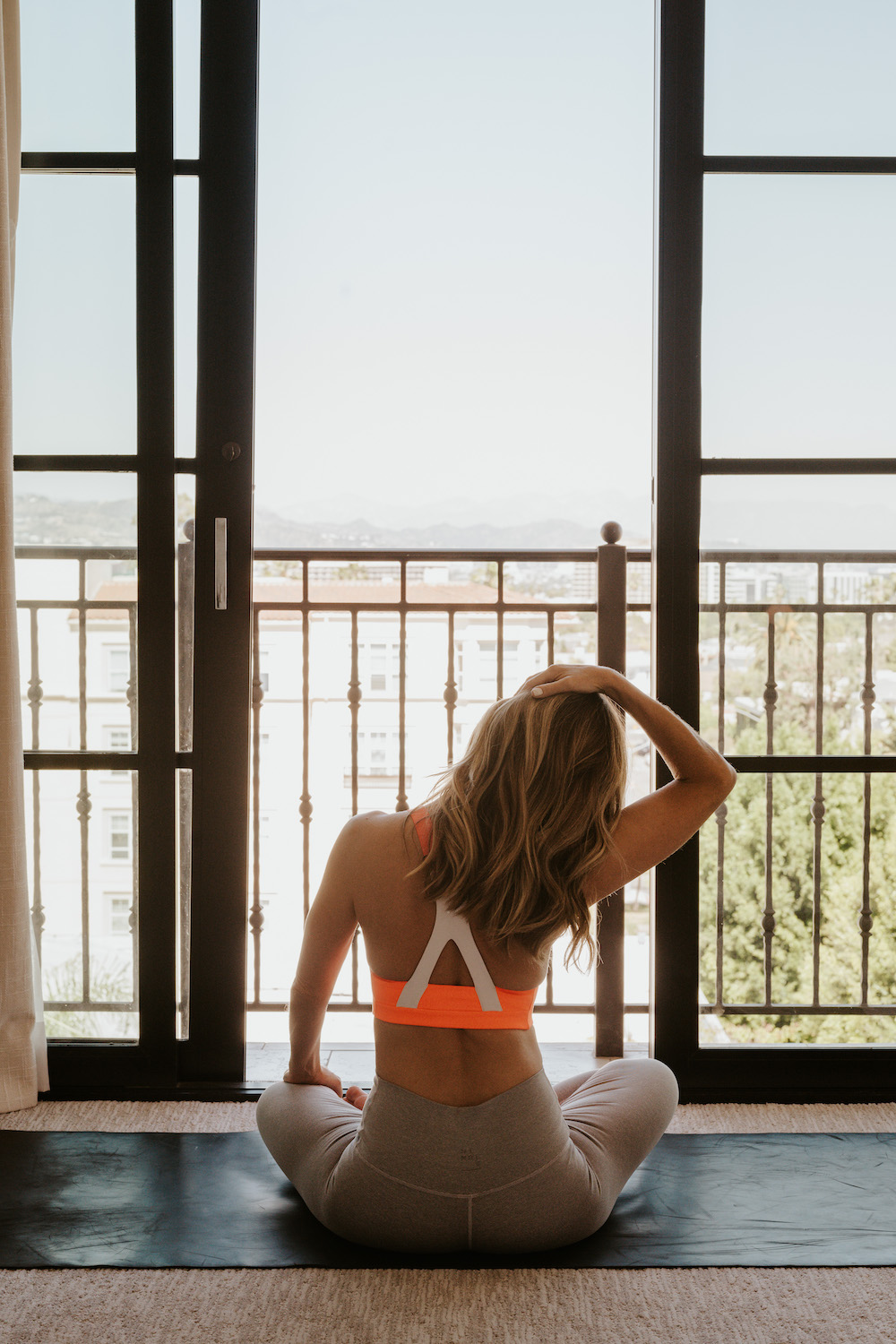After designing soil-free potted plants, this company is revamping green walls in M’sia
Midorie Malaysia has a lower maintenance solution to vertical walls placed in buildings with their soil-less plant technology.

Green walls have seen a surge in popularity in recent times. Otherwise known as vertical walls or living walls, they can be placed both outdoors and indoors to brighten up the space, providing a breath of fresh air amidst our city’s concrete jungle.
But conventional green walls utilising soil plants bring up a few issues. For one, soil can be messy, and isn’t exactly designed to be placed on anything other than the ground.
Watering the soil also causes it to compress, leaving no air pockets for roots to grow.
 A vertical wall at KLIA’s departure lounge / Image Credit: Midorie Malaysia
A vertical wall at KLIA’s departure lounge / Image Credit: Midorie MalaysiaAs the plants and pots are placed horizontally, there is no filtration system to allow water to escape. This may lead to water accumulation at the bottom of the pot, breeding mosquitoes and other microorganisms. Over time, the murky water can also kill the plants’ roots.
Changing the soil is difficult too, as you’d have to individually dislodge each pot from its frame and attend to the plants one by one.
To avoid these issues, Japanese company Midorie creates “soil-less” vertical walls. With its Pafcal technology, the sponge-like material acts as a soil replacement, able to last for up to 10 years before requiring a replacement.
It’s one of Midorie’s main operations for the B2B sector. After expanding to Malaysia in 2017, they’ve since greenified the offices of Microsoft Malaysia, KLIA, Pavilion, and more.
Here’s how it’s done
We’ve previously featured Midorie Malaysia last year to learn about the brand’s expansion into the F&B world.
This time, we spoke to Vincent Tsng, Midorie Malaysia’s General Manager who mainly heads the vertical plants operations locally.
Each vertical wall for individual clients is customised, meaning that no two walls tend to look the same.
Vincent likened his design process to how it was done when Midorie Malaysia sponsored our newly renovated office with almost a dozen plants.
 The plants Midorie Malaysia kindly sponsored for our office / Image Credit: Vulcan Post
The plants Midorie Malaysia kindly sponsored for our office / Image Credit: Vulcan PostHe’d ask clients about the colours they’d like to have for their walls. The plants come from Midorie’s inventory, so yellow, green, red, and pink are some variations.
To find out whether or not the plants would have sufficient light in a space, Vincent uses a lux meter app on his phone to check the reading. A space with a number between 800 to 1,000 is generally good enough.
Vincent will then suggest the live plants that fit the clients’ requests. For vertical walls, he also ensures that all the plants in the structure have the same watering instructions to make caring for them easier.
A few grid options for the plants’ placements are then illustrated so clients can choose their preferred arrangements.
The magic angle
On installation day, Vincent told Vulcan Post that a maximum team of four will install the green walls. After building the metal and piping structure, the potted small-to-medium-sized Pafcal plants are placed into frames, Lego-style.

Assuming nothing goes wrong, the full installation for a basic 20 square metre (sqm) wall requires about four to five hours.
Because the pots are placed at a 45-degree angle, a single sqm of the wall is filled up by 66 individual medium-sized plants, as opposed to 88 if they were lying down horizontally. In a way, this can cut costs for the vertical walls, as one sqm costs about RM1,900.
 Contained secretly in a Pafcal / Image Credit: Midorie Malaysia
Contained secretly in a Pafcal / Image Credit: Midorie MalaysiaWatering systems are worked into the structure of Midorie’s vertical walls through pipes, where water will flow through the Pafcal plants from the top-down. “Like a champagne tower,” Vincent described.
Green walls that are placed indoors are watered once a week, while those outdoor need to be watered daily as sunlight tends to dry up the Pafcal much faster.
Keeping walls up
To keep the green walls alive, the plants need to be sprayed with fertiliser and pest control solution at least once a month. The leaves should also be trimmed to maintain the neatness of the walls, and Vincent elaborated that there’s actually a practical purpose in doing so.
“When the leaves grow, they tend to cover the light which might kill the plants at the bottom,” he told me.
“So there’s quite a lot of maintenance for these vertical walls,” I thought out loud, which Vincent nonchalantly rebutted, “Not really, just once a month. But maybe in the future, we could use a drone.”
 A vibrant looking wall / Image Credit: Midorie Malaysia
A vibrant looking wall / Image Credit: Midorie MalaysiaThroughout our interview, a big question in the back of my mind was whether or not Midorie helps its clients maintain their green walls. I mean, it would be pretty morbid to walk into a space and be greeted with dead plants.
Easing my concern, Vincent shared that this is a service they have, whereby the team will offer clients a contract for maintenance services. A year of their services for a wall under 10sqm would cost RM400/month.
Giving green walls a rebrand
Vincent shared that the concept of live vertical walls has been somewhat tarnished, with many viewing them as high maintenance and overall difficult to preserve.
Through Midorie, he hopes to give the image of vertical walls a rebrand, especially with the use of Pafcal in the systems.
To add, he’s also aiming to install more vertical walls in the city, especially for a concrete jungle that’s making the environment feel hotter without plants. After all, vertical walls can be a space-saving solution to incorporate nature into urban spaces.
Learn more about Midorie Malaysia here.Read other plant related articles we’ve written here.Featured Image Credit: Midorie Malaysia

 Lynk
Lynk 
































